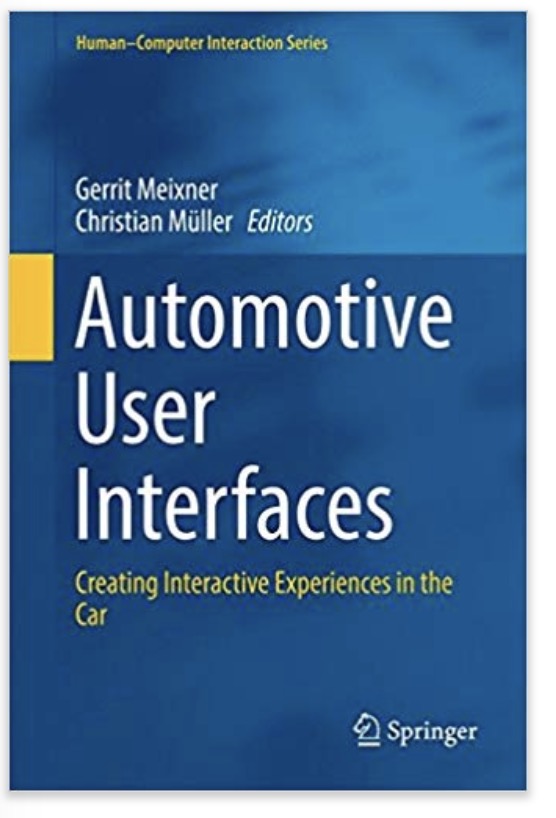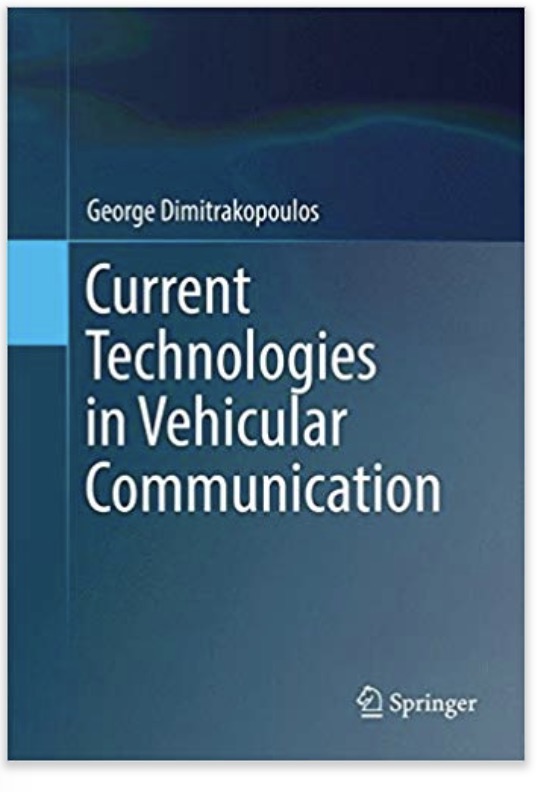Recent Posts
Automotive User Interfaces And Current Technologies In Vehicular Communication
Posted by on
This book centers on automotive user interfaces for in-vehicle usage, viewing car electronics, its software of protected technologies (e.g., ASP, ESP), comfort functions (e.g., navigation, communication, entertainment) and driver assistance (e.g., distance checking).
The enhanced complexity of automotive user interfaces, driven by the necessity of using consumer electronic devices in cars as well as autonomous driving, has sparked an overabundance of new research within this field of study.
Covering a wide spectrum of specific topics, the authors of this edited volume offer an exceptional survey of the current state of the art; providing deep insights into usability and user experience, interaction techniques and technologies as well as methods, tools and its applications, exploring the increasing value of Human-Computer-Interaction (HCI) within the automotive industry.
Automotive User Interfaces is intended as an authentic and important source for professional practitioners and researchers alike, as well as computer science and engineering students who are interested in automotive interfaces.
This book presents a compact and comprehensive overview of vehicular communication technologies.
It analyzes all applicable standards, protocols, and applications, to enable the reader to gain a holistic approach towards the subject of vehicular communications. The principal methods are algorithmic processes and simulation results.
First, the author presents an overview and classification of vehicular technologies. The book proceeds by focussing on specific applications of V2V and V2I communications.
Special attention is on current research and development results regarding R&D projects in the field, in cooperation with car manufacturing companies and universities at a global level.
Designed to facilitate understanding of vehicle-to-vehicle and vehicle-to-infrastructure technologies, this textbook is suitable for undergraduate and graduate students of vehicular communications or mobile networks.
 This book examines and analyzes current advanced techniques and essential applications in vehicular communications and networking (VCN) from a new perspective of the combination and integration of VCN and connected vehicles, which provides a meaningful scientific and technical support for future 5G-based VCN.
This book examines and analyzes current advanced techniques and essential applications in vehicular communications and networking (VCN) from a new perspective of the combination and integration of VCN and connected vehicles, which provides a meaningful scientific and technical support for future 5G-based VCN.
5G-Enabled Vehicular Communications and Networking presents vehicular channel characteristics, examines current channel modeling approaches, and then presents a new generic geometry-based stochastic modeling approach for vehicle-to-everything (V2X) communications. The study of vehicular channel measurements and modeling provides fundamental supports for the VCN system design.
This book investigates VCN-vehicle combination from PHY and MAC layers, respectively. As for the PHY layer, various advanced techniques that can be effectively applied in VCN to counter the PHY challenges are introduced, including novel ICI cancellation methods, index modulated OFDM, differential spatial modulation, and energy harvesting relaying.
 Loading... Please wait...
Loading... Please wait...

